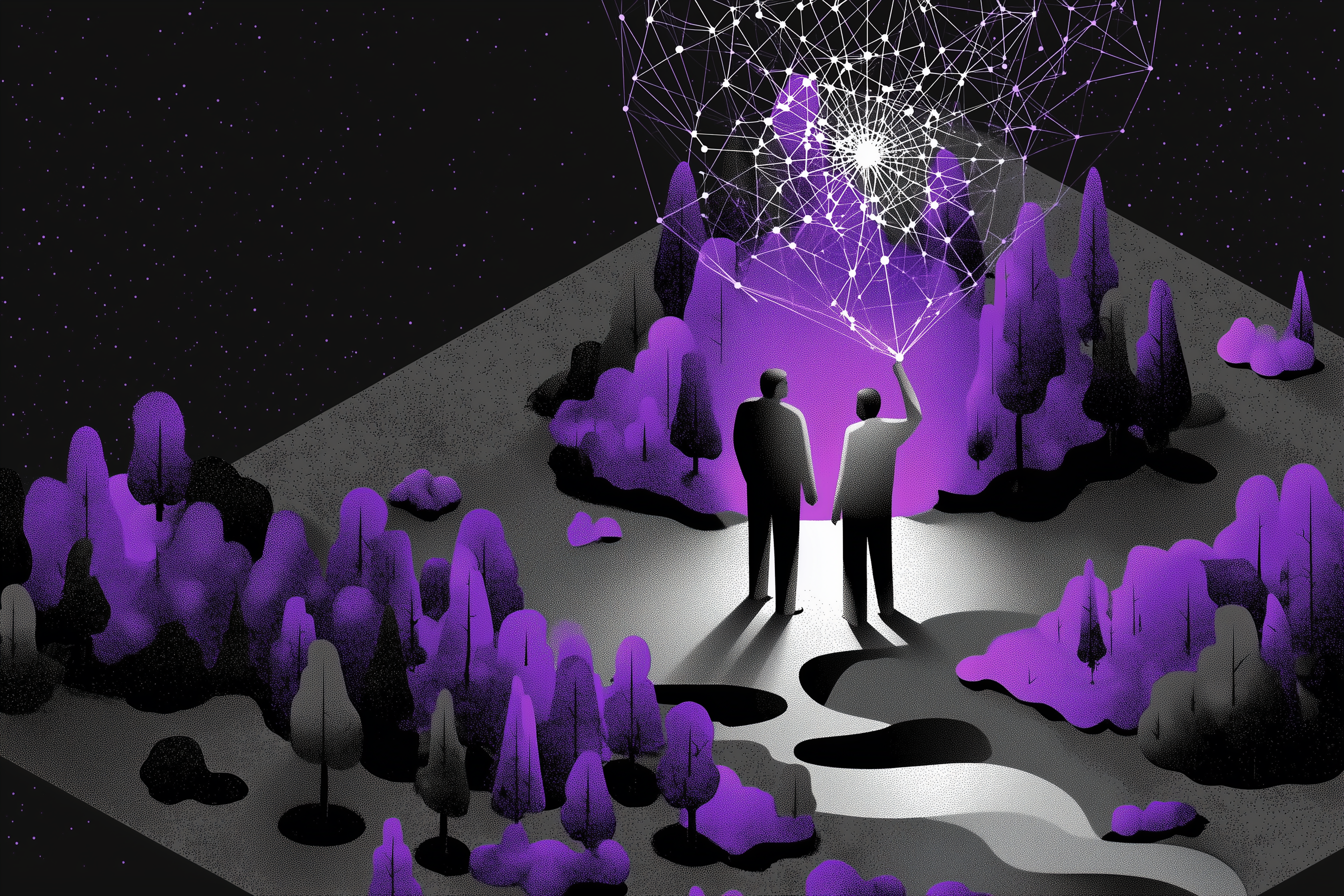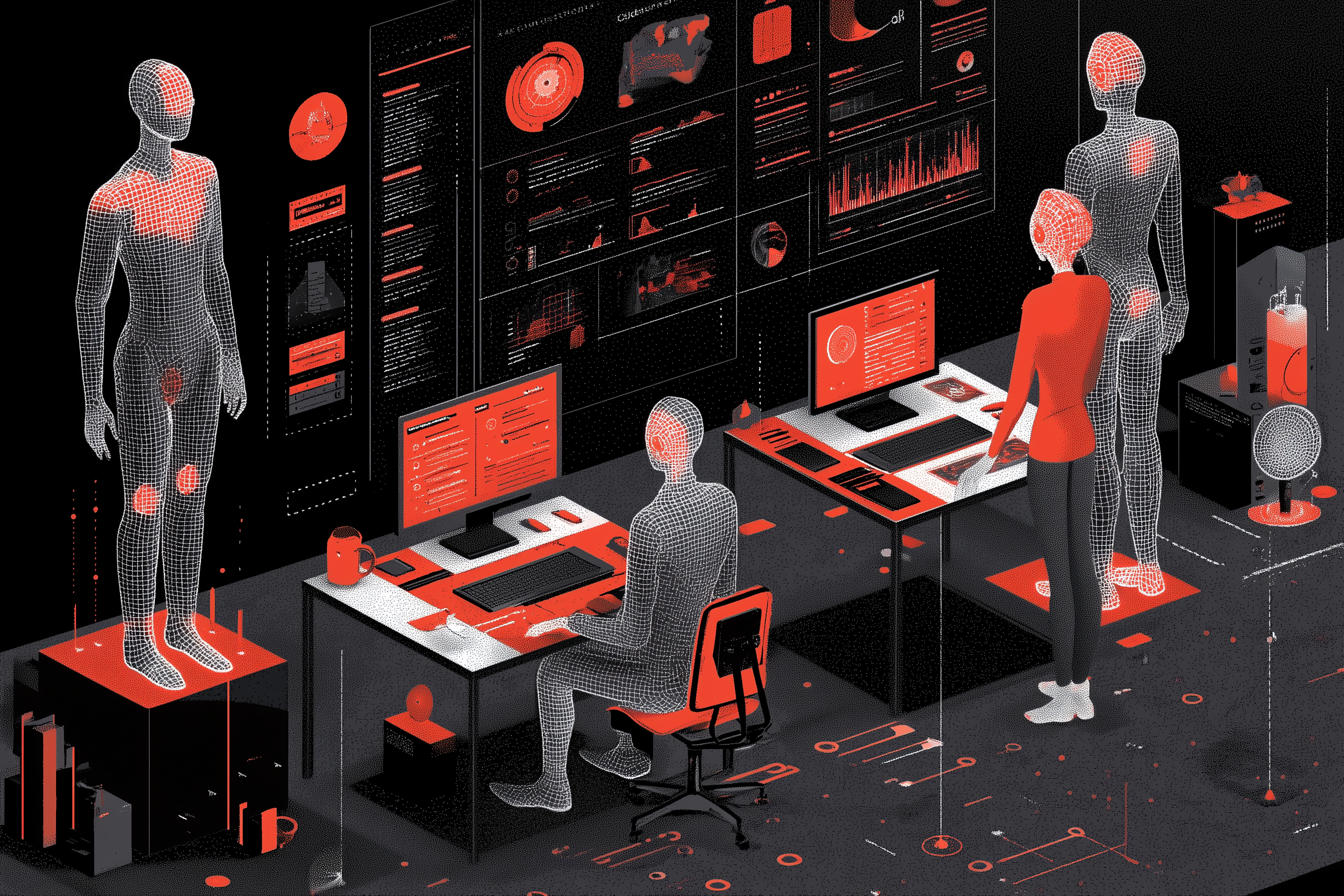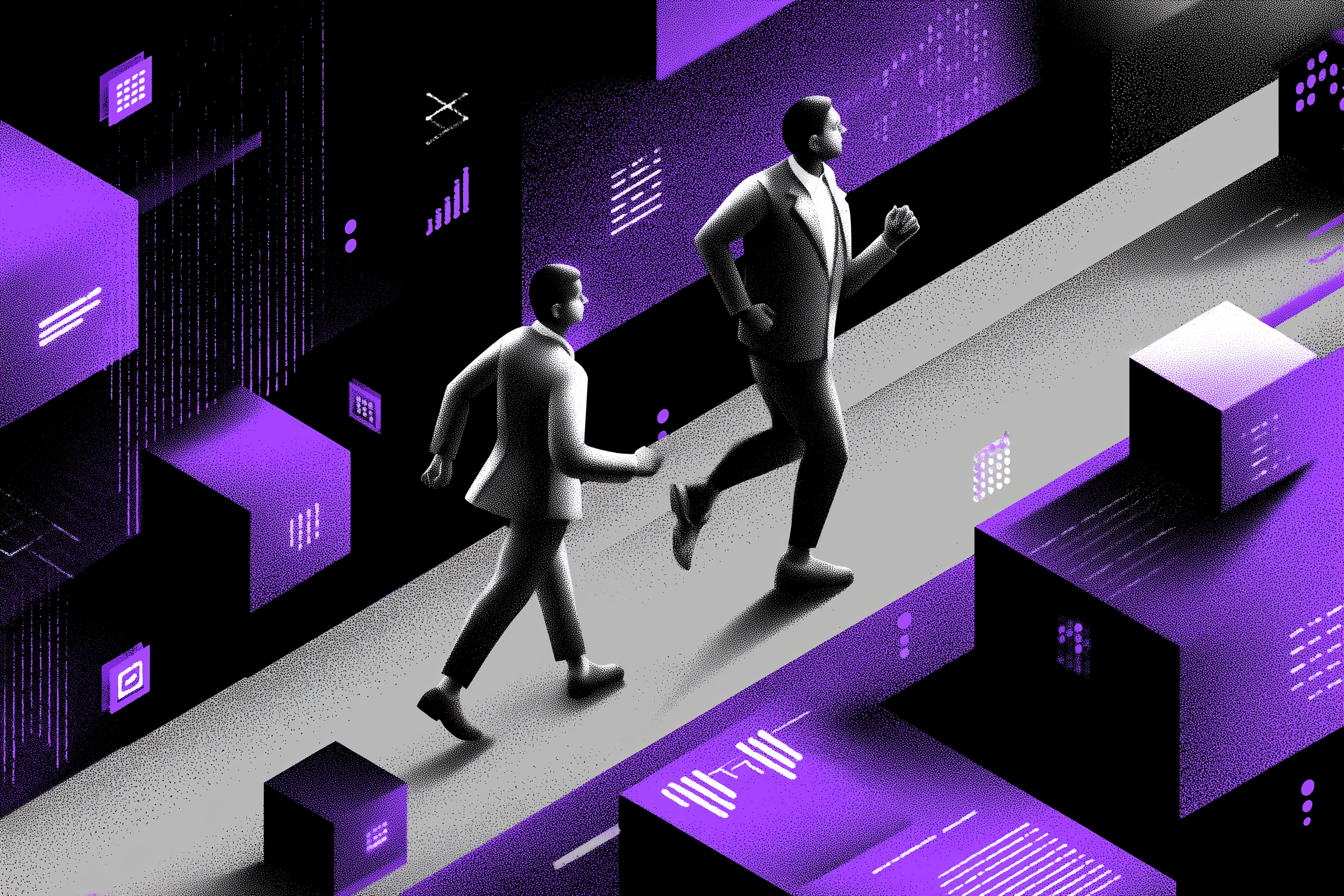Doing more with less : how AI and automation are redefining productivity

Discover How AI and Automation Are Transforming Marketing Team Productivity by Enabling Them to Do More with Less
How AI and Automation Help Marketing Teams Do More with Less
With stable budgets, tighter deadlines, and increasingly complex campaigns, marketing teams must learn to do more with less. Artificial intelligence (AI) and automation have emerged as essential levers for improving efficiency without increasing costs.
According to an analysis by Cubeo.ai (2025), 60% of marketing departments worldwide plan to integrate at least one AI technology by the end of the year. This rapid adoption illustrates a profound shift in marketing management, now centered around data, execution speed, and personalized experiences.
But beyond the promise of efficiency, what does this transformation truly entail? And how can organizations leverage AI and automation to boost productivity without losing agility?
Why Companies Are Striving to Do More with Less
Since 2023, global economic growth has come with a paradox: marketing budgets have remained nearly flat, even as expectations continue to rise. The Martech Edge (2025) study reports that marketing budgets remain largely stable, while demands for performance, data, and personalization continue to increase.
In this context, the pursuit of productivity has become strategic. The goal is not just to produce more but to produce better — with greater relevance, consistency, and speed.
AI and Automation: Definitions and Complementarity
What Is Artificial Intelligence?
Artificial intelligence refers to a system’s ability to perform tasks that typically require human intervention — such as language comprehension, image recognition, text generation, or predictive analysis.
What Is Automation?
Automation involves delegating repetitive tasks to tools or scripts according to predefined rules. Its goal is to reduce manual workload and standardize processes.
Where AI Meets Automation
Their complementarity is what makes them powerful: AI learns, adapts, and optimizes, while automation executes with consistency and precision. Together, they enable the creation of intelligent workflows that can analyze, produce, and adapt without constant human input.
Practical Applications in Marketing and Creative Teams
Content Generation and Optimization
According to Neil Patel (2025), only 6% of marketers currently use AI workflow automation tools, but those who do report saving up to 18.7 hours per week. These tools accelerate campaign creation, content writing, and audience segmentation.
Data Analysis and Personalization
AI applied to marketing data helps identify customer behaviors, optimize media investments, and personalize messages at scale. A McKinsey (2025) study estimates that this analytical automation capability could generate $4.4 trillion in global productivity gains.
Creative Project and Asset Management
Project management platforms like MTM illustrate this shift: they combine asset management, automated approvals, and real-time collaboration. The result: creative teams that deliver faster without sacrificing quality.
Measurable Benefits: Doing More with Less
The Measurable Impact of AI on Productivity
According to Gartner (2025), employees using generative AI tools save an average of 4.11 hours per week on repetitive tasks, while reporting a 37% increase in individual productivity.
These findings confirm that productivity gains are real but vary depending on the level of adoption and process maturity. AI does not replace human work — it amplifies its reach and precision.
Keys to Successfully Integrating AI and Automation
1. Identify the Right Use Cases
Start with low-value or repetitive tasks such as reporting, data sorting, or draft generation.
2. Integrate Technology into Existing Workflows
Efficiency depends on fluidity — AI tools should seamlessly integrate into existing platforms (CRM, project management, DAM, etc.).
3. Train Teams
Human skills remain central: critical thinking, verification, and interpretation of AI-generated outputs.
4. Measure and Adjust
Set clear KPIs (time saved, perceived quality, error rate) to measure the real performance of automation efforts.
Limitations and Caution Points
Even though AI promises quick gains, not all organizations are ready. According to Gartner (March 2025), only 37% of traditional AI users have observed measurable productivity improvements at the organizational level.
The main barriers? Poor data quality, cultural resistance, and partial integration within workflows. Excessive automation, without strategic oversight, can also create rigidity and stifle creativity.
Doing More with Less Through AI: Toward a New Era of Intelligent Productivity
AI and automation are not replacement tools but performance amplifiers. They allow teams to focus their energy on strategic and creative tasks while delegating repetitive execution to machines.
To truly “do more with less,” organizations should adopt a gradual, data-driven approach:
- start small,
- measure real gains,
- capitalize on data,
- and foster collaboration between humans and AI.
The future of work is not about substitution — it’s about intelligent cooperation.
FAQ - Common Questions About the Impact of AI and Automation on Productivity
How does AI improve productivity?
By automating repetitive tasks and enhancing decision-making through data-driven insights.
Can automation replace teams?
No, it frees time for strategic and creative work.
What are the main barriers to adoption?
Company culture, lack of training, and technical integration challenges.
What’s the difference between AI and automation?
AI learns and adapts, while automation executes predefined actions.
How can AI be integrated into a creative workflow?
By starting with version control, automated approvals, and centralized asset management using a collaborative platform like MTM.
Sources :
Other Posts

Agentic AI : the concrete use cases that are transforming marketing and creative workflows in 2025

Has the digitalization of project management led to a loss of sense of community?

